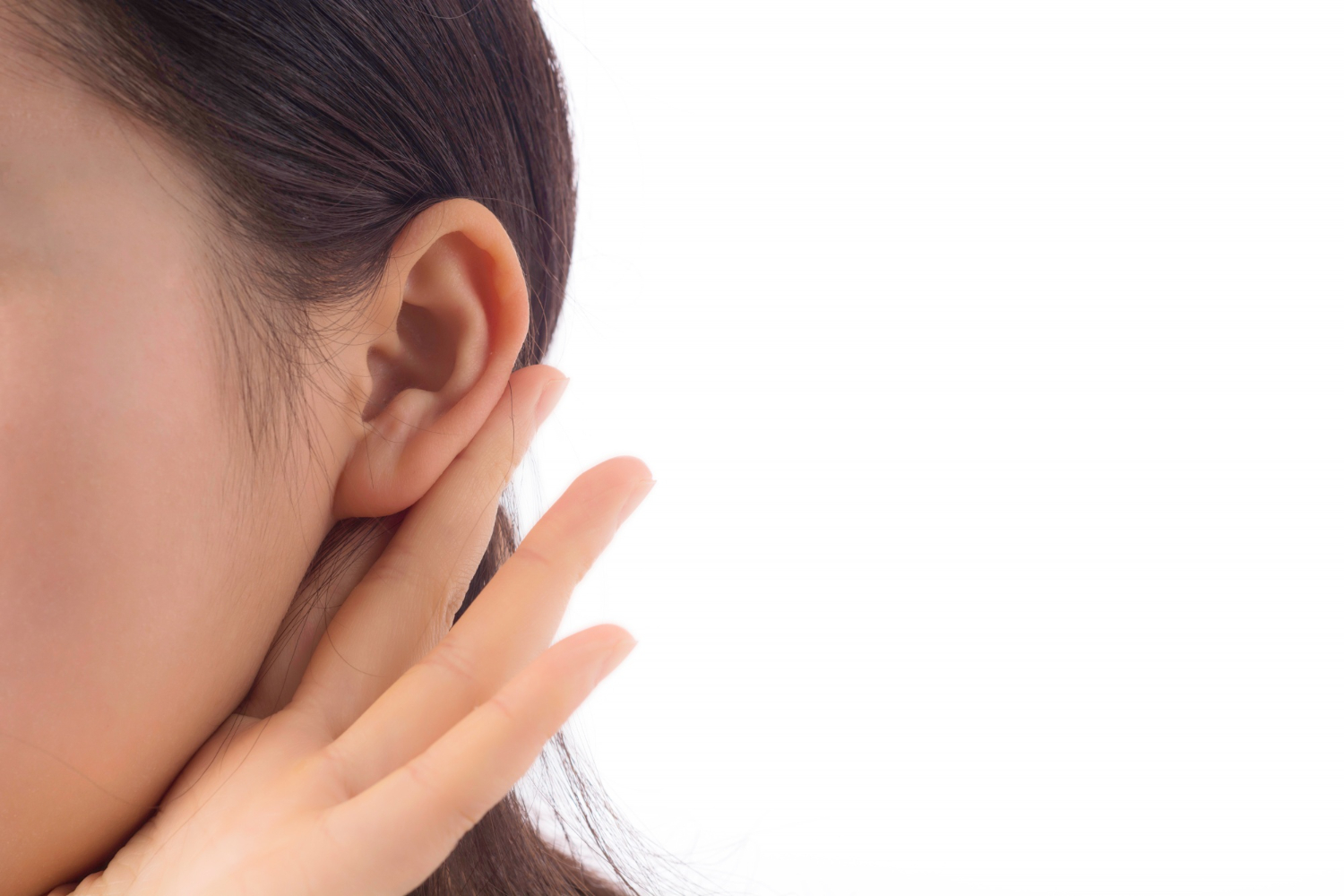
Having trouble hearing could be an early sign of hearing loss. It’s important to have a professional diagnosis, especially since hearing aids can help with most types of hearing loss.
If your hearing seems muffled and you ask others to repeat themselves more often, it may be time to see an ear, nose and throat doctor (ENT). There are three main types of hearing loss: conductive, sensorineural and mixed.
Table of Contents
Conductive Hearing Loss
Conductive hearing loss is when something blocks sound from reaching your inner ear. It can be caused by fluid in the middle ear, earwax, or ear canal blockage. A congenital disability, such as an abnormality in the tiny bone of the middle ear, can cause this.
You may notice that soft sounds are difficult to hear, and loud noises are muffled in cases of conductive loss. This hearing loss can usually be corrected with medical treatment or surgery by your audiologist.
A permanent problem with the middle ear may cause conductive loss in more severe cases. It could be caused by a defect in the middle ear ossicles, also known as ossicular chains discontinuity, or a stapes bone deformity called otosclerosis. A problem with the ossicles in the middle ear can be more difficult to treat medically than a problem that affects your outer or inner ear, which is why it’s important to see your audiologist as soon as you notice any issues with your hearing. Hearing aids can help with both types of hearing loss, including conductive and sensorineural. To learn more about how hearing aids work, check out this article.
Sensorineural Hearing Loss
Sensorineural hearing loss (SNHL) results when your inner ear’s hair cells are damaged or diseased. These hairs convert sound vibrations into neural signals that the auditory nerve carries to the brain.
In most cases, SNHL is permanent because these hair cells cannot be replaced or repaired. It’s also the most common type of permanent hearing loss in adults.
The spiraling organ in your inner ear, the cochlea, is filled with tiny hairs sensitive to sound waves. These hairs transform good vibrations into neural signals the auditory stem carries to the brain. Noise exposure and certain diseases can cause irreversible damage to these hairs, causing SNHL.
Everybody loses many of these hairs throughout life, and the result is usually a gradual hearing deterioration. This is known as presbycusis and is the most common form of SNHL. It can also occur due to medication, illness or injury.
Symptoms of SNHL may include difficulty understanding speech in noisy places, distinguishing foreground voices against background sounds, ringing in the ears (tinnitus), and perceiving that people mumble or speak softly. SNHL can be bilateral, meaning it affects both ears or asymmetrical, in which one ear is more affected than the other. SNHL can also be sudden, in which you suddenly experience a loss of hearing that doesn’t go away or get better over time.
Mixed Hearing Loss
When a person has mixed hearing loss, they have conductive and sensorineural hearing loss. The ear is made up of three parts. The inner ear converts these impulses into brain-friendly signals. A temporary or permanent blockage can prevent those signals from reaching your inner ear. This is called conductive hearing loss.
Many factors can cause conductive hearing loss. These include fluid buildup, an enlarged canal or a hole in the eardrum. Conduction hearing loss can be caused by infections, allergies and problems with the eustachian tubes that carry middle ear liquid to the nose. Congenital disabilities like atresia or microtia may also lead to conductive hearing loss.
Many conductive hearing losses can be treated by medication or surgery. However, these methods cannot treat the sensorineural component. A person with sensorineural loss may benefit from wearing hearing aids that amplify sounds and help to deliver them to the inner ear, where the stereocilia can convert the signals into clear ones. Wearing earplugs, ear muffs, or earplugs can help those with milder to more severe sensorineural loss reduce the risk of further hearing damage.
Age-Related Hearing Loss
Age-related hearing loss, or presbycusis, happens slowly as people grow older. It occurs because of changes in the inner ear and auditory nerve, which relay sounds to the brain. It can be triggered by loud noises over time but may also come from heredity and age-related diseases that affect the body’s organs.
This type of hearing loss typically makes it difficult to understand speech in noisy environments, such as restaurants and auditoriums. It can also lead to confusion, and some older people may feel misunderstood by friends and family. They may begin to think others are mumbling or speaking too softly, and they may become isolated and lonely.
Hearing aids amplify sound signals and make them easier to hear. They contain small microphones to pick up sounds, computer chips to analyze and adjust the signal based on your specific hearing needs, and speakers to deliver amplified signals back to your ears. They can vary a great deal in price, size and special features.
Untreated hearing loss can be a serious health issue. It’s linked to higher rates of falls and dementia and can exacerbate depression in some people. Moreover, studies suggest that people with mild to moderate hearing loss are more likely to develop dementia than those who do not have it. This is partly because of social isolation, which can lead to loneliness and cognitive decline, but it also has to do with the fact that they don’t hear warning signs that are important for their safety.